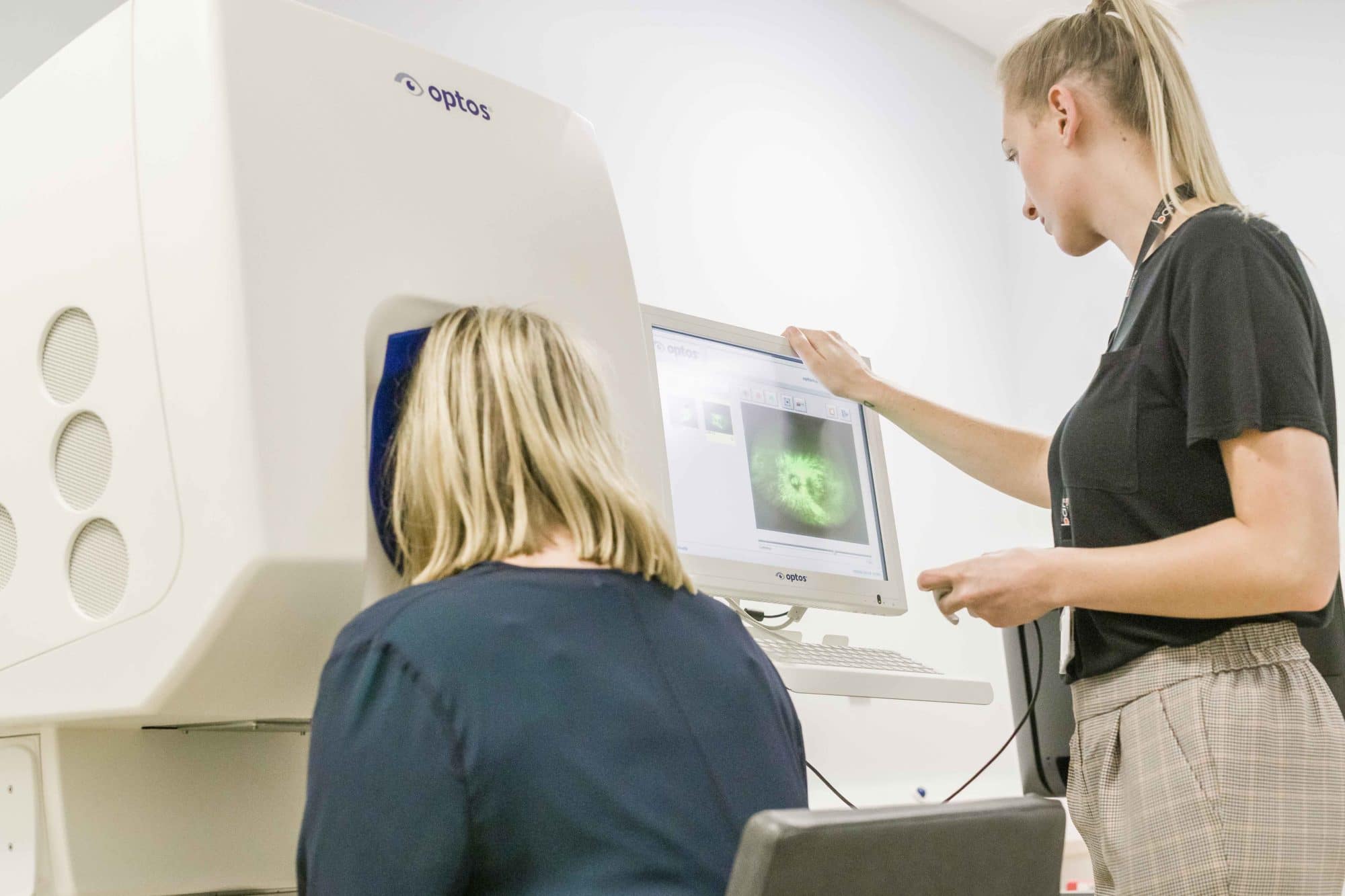Funding paves the way for achromatopsia
A research project funded by Retina UK helped pave the way to a new gene therapy that has recently produced encouraging results in two young people with achromatopsia, a condition that causes complete colour-blindness and poor overall vision from birth.

